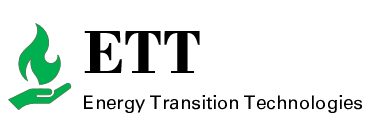Patented Liquid Unloading Technology
Natural gas is considered to be the energy transition fuel bridging the fossil fuel economy to the carbon neutral energy economy of 2050. ETT’s Patented Liquid Unloading Technology provides a method to maximize and accelerate gas reserves from existing gas wells, thereby reducing needs for drilling new wells equivalent to preventing 700-2000 tons of CO2 emissions per one-well intervention project.
We have developed an innovative technology and integrated workflows including field operations support that bring together the disciplines and expertise of our staff and internationally renowned partner – WSG Energy Services – to maximize production and reserves of gas wells that suffer from liquid loading.
The technology can be used in (i) gas fields where gas producing wells start to suffer from liquid loading, and (ii) in Underground Gas Storage operations where active aquifer causes water encroachment in gas extraction wells.
Currently, when a gas producing well has problems to unload its fluids due to liquid accumulation, a velocity string is often used. The main drawback of this existing velocity string technology is:
A smaller flow area than the original production tubing, thereby limiting the gas production rate.
Our patented technology results in:
Acceleration of reserves with a higher flow rate (up to 2x) compared to the conventional velocity string.
Higher reserves (up to 3 x) compared to the conventional velocity string. Depending on the gas well specifics this could lead to an reserves gain of 30-50 MM Nm3 (~EUR 20-40 million – assuming gas price of 0.76 €/m3).
Prevention of CO2 emissions of 700-2000 tons per intervention job.
The technology has been developed such that it is a ready-to-use concept directly applicable within the oil & gas industry with proven technology typically used in gas wells today.
